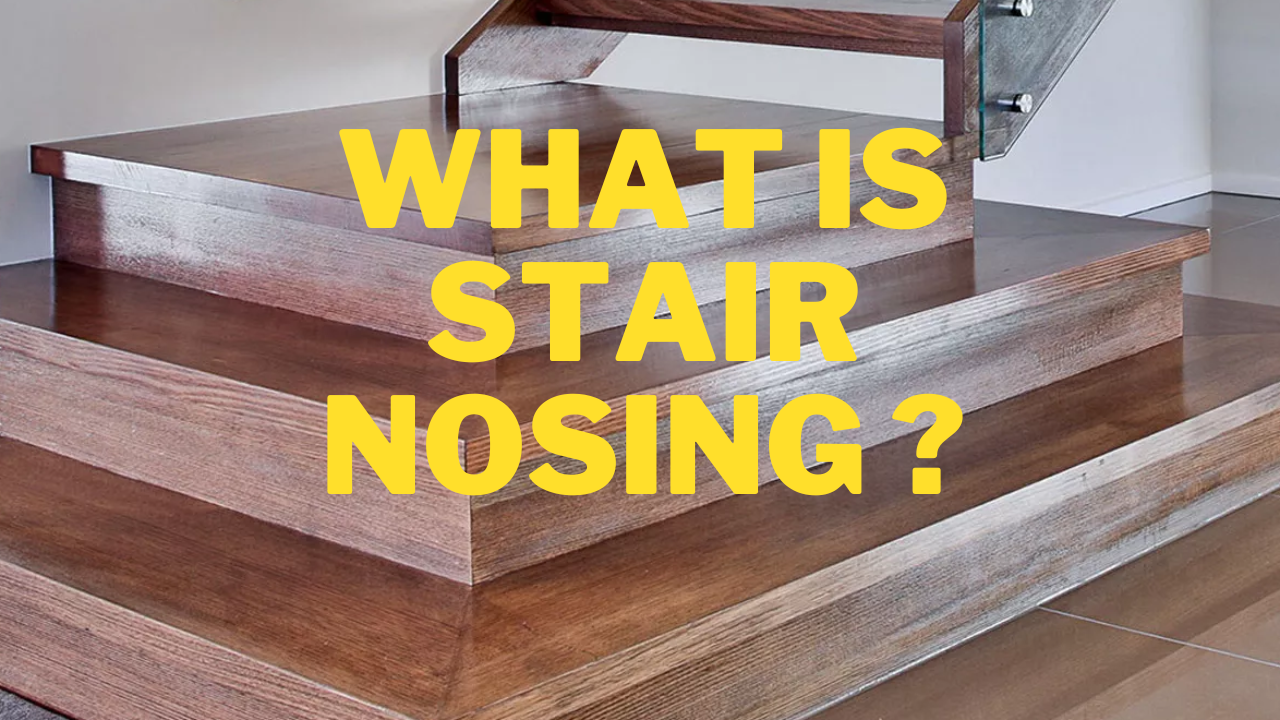Stair nosing is an important aspect of any staircase design. It refers to the rounded or beveled edge on the tread of each step that overhangs the riser below. This small detail can have a big impact on the overall look, feel, and safety of your stairs. In this blog, we’ll take a closer look at stair nosing, including its purpose, benefits, and materials.
Purpose of Stair Nosing
The primary purpose of stair nosing is to provide a smooth transition from one step to the next. This makes it easier for people to walk up and down the stairs, reducing the risk of slips, trips, and falls. The overhanging edge of the stair nosing also provides a visual cue that helps people identify the edge of each step, making it easier to avoid missteps.
In addition to improving safety, stair nosing can also enhance the overall look and feel of your stairs. The right nosing can add a touch of elegance, style, and sophistication to your staircase. Whether you choose a traditional wooden nosing, a sleek and modern aluminum option, or a composite material, the right nosing can help transform your stairs into a stunning focal point.
Benefits of Stair Nosing
There are many benefits to installing stair nosing in your home or building. Here are just a few of the key benefits you can expect:
- Improved safety: The overhanging edge of the stair nosing helps reduce the risk of slips, trips, and falls, making your stairs safer for everyone.
- Enhanced appearance: The right stair nosing can transform your stairs from an afterthought into a beautiful and eye-catching feature.
- Increased durability: Stair nosing can help protect the edges of your steps from wear and tear, making your stairs more durable and long-lasting.
- Easy maintenance: Most stair nosing materials are easy to clean and maintain, helping to keep your stairs looking great for years to come.
Materials for Stair Nosing
There are many different materials you can use for your stair nosing, each with its own unique advantages and disadvantages. Some of the most popular materials include:
- Wood: Wood is a classic and versatile material that can be sanded and stained to match any decor. It is also relatively inexpensive and easy to work with.
- Aluminum: Aluminum is a modern and sleek material that is durable and slip-resistant. It is also lightweight and easy to install, making it a great option for high-traffic areas.
- Composite materials: Composite materials, such as PVC or fiberglass, are durable, low-maintenance, and slip-resistant. They are also often available in a wide range of colors and styles, making it easy to find the perfect match for your stairs.
- Stone or tile: Stone or tile nosing can add a touch of luxury and elegance to your stairs. These materials are also durable and slip-resistant, making them a great choice for high-traffic areas.
Conclusion
Stair nosing is an important detail that can have a big impact on the safety, look, and feel of your stairs. Whether you choose a classic wooden nosing, a sleek aluminum option, or a composite material, the right nosing can help transform your stairs into a beautiful and functional feature. So, whether you’re building a new home, remodeling your stairs, or just looking to improve the safety of your stairs, be sure to consider the many benefits of stair nosing.










